Commonly known as the “winter blues,” Seasonal Affective Disorder – or SAD – is a regular depression disorder with symptoms that begin in the fall and continue into winter months. Sometimes, SAD symptoms appear in the spring or early summer and cause an unhappy mood with low energy. Those most likely to have it are younger females and those with family histories of depression, bipolar disorder or SAD. Sufferers experience increased appetite and needing to sleep for longer periods.
A 2021 study shows that about ten million U.S. citizens are suffering from SAD, with Alaska having the highest number. People who live in other northern high-altitude states such as Washington, North Dakota, Minnesota, Wisconsin, Michigan, New York, Vermont and Maine are most susceptible to SAD. Extreme cold temperatures and unique weather patterns make life difficult for affected individuals.
As the intensity of SAD is directly proportional to colder climates, it is more common in those who experience increased seasonality. Therefore, it is pertinent to understand geographical influence that can intervene and support individuals in these regions.
Typical treatment for SAD includes antidepressant medications as well as light therapy, vitamin D intake and counseling. However, this article will shed light on treatment centered around diet and other activities found effective in coping with it.
Foods that Help Control SAD
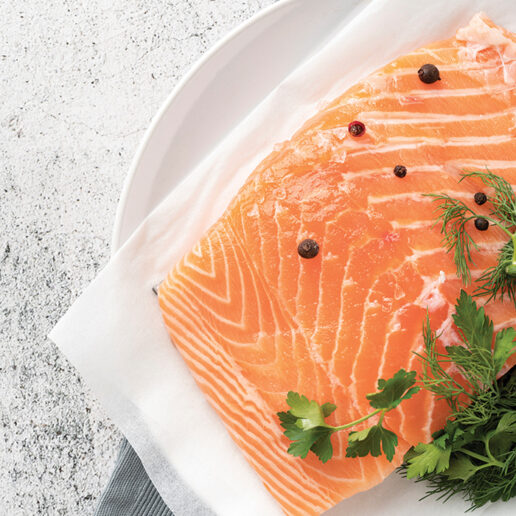 Salmon & Other Fish: Salmon is a major source of lean proteins that contain sufficient amounts of amino acids which have a positive effect on mood. Moreover, they are also a great source of energy that helps you fight the gloomy mood.
Salmon & Other Fish: Salmon is a major source of lean proteins that contain sufficient amounts of amino acids which have a positive effect on mood. Moreover, they are also a great source of energy that helps you fight the gloomy mood.
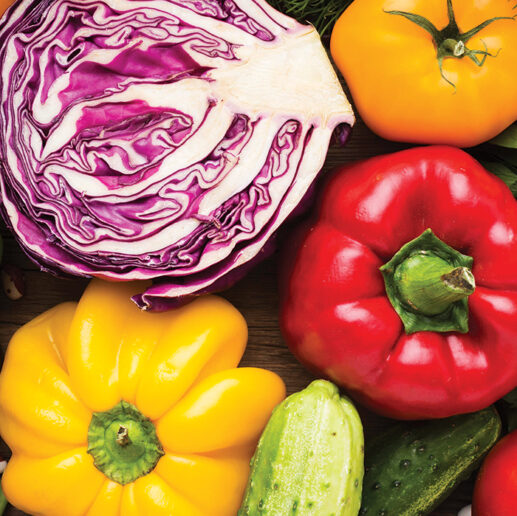 Vegetables: Rich in fiber and full of vitamins, root veggies such as sweet potatoes provide plenty of complex carbohydrates that break down slowly and help keep your mood stable. Other magnesium-rich vegetables like pumpkin, leafy greens, nuts and beans are also very beneficial in controlling mood swings, as magnesium binds with receptors and neurotransmitters that increase energy.
Vegetables: Rich in fiber and full of vitamins, root veggies such as sweet potatoes provide plenty of complex carbohydrates that break down slowly and help keep your mood stable. Other magnesium-rich vegetables like pumpkin, leafy greens, nuts and beans are also very beneficial in controlling mood swings, as magnesium binds with receptors and neurotransmitters that increase energy.

Milk & Orange Juice: Both of these beverages are exceptional in fighting against SAD, as they are full of calcium which is helpful for the absorption of vitamin D that ultimately keeps your mood elevated.
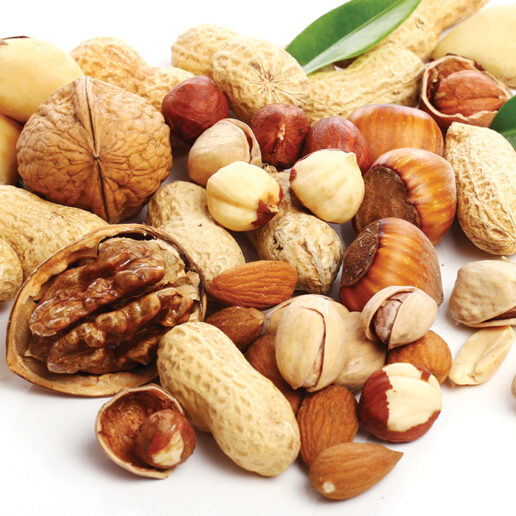 Nuts: Nuts are full of healthy fats, protein and fiber to keep your stomach feeling full, blood sugar steady and your mood calmer. It is recommended to snack on peanuts, almonds or walnuts at least three times a week.
Nuts: Nuts are full of healthy fats, protein and fiber to keep your stomach feeling full, blood sugar steady and your mood calmer. It is recommended to snack on peanuts, almonds or walnuts at least three times a week.
 Berries: Blueberries, raspberries and strawberries may help prevent the release of cortisol – a hormone produced by the adrenal gland that plays an important role in the body’s stress response. Regular consumption of berries is enough to combat stress.
Berries: Blueberries, raspberries and strawberries may help prevent the release of cortisol – a hormone produced by the adrenal gland that plays an important role in the body’s stress response. Regular consumption of berries is enough to combat stress.
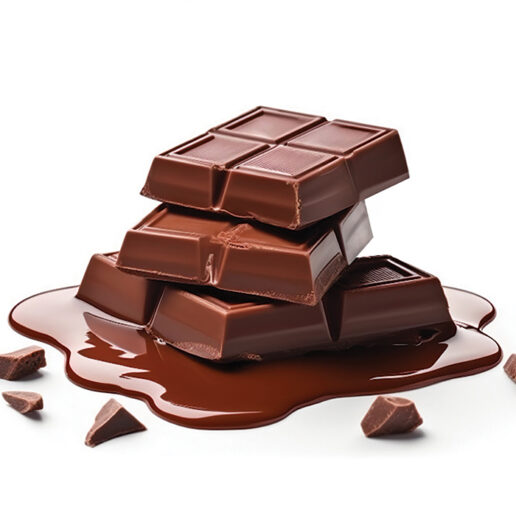 Dark Chocolate: It’s not only tasty, but also a mood refresher! Dark chocolate contains a prominent and beneficial level of antioxidant polyphenols.
Dark Chocolate: It’s not only tasty, but also a mood refresher! Dark chocolate contains a prominent and beneficial level of antioxidant polyphenols.
 Bananas: Bananas contain carbohydrates from natural sugars and potassium that help fuel your brain. Moreover, magnesium in bananas may improve sleep quality and reduce anxiety levels, which are main contributors to seasonal depression.
Bananas: Bananas contain carbohydrates from natural sugars and potassium that help fuel your brain. Moreover, magnesium in bananas may improve sleep quality and reduce anxiety levels, which are main contributors to seasonal depression.
Natural Remedies to Fight SAD
 Light Therapy: Also called Bright Light Therapy (BLT) or phototherapy, this treatment consists of light boxes that emit full-spectrum light, similar in composition to sunlight with the ultraviolet rays filtered. Those with SAD may be cured by regular, direct exposures to light from the box, typically in the morning hours starting in the early fall, until spring. The required treatment is about an hour of daily exposure to 10,000 lux of cool-white, fluorescent light.
Light Therapy: Also called Bright Light Therapy (BLT) or phototherapy, this treatment consists of light boxes that emit full-spectrum light, similar in composition to sunlight with the ultraviolet rays filtered. Those with SAD may be cured by regular, direct exposures to light from the box, typically in the morning hours starting in the early fall, until spring. The required treatment is about an hour of daily exposure to 10,000 lux of cool-white, fluorescent light.
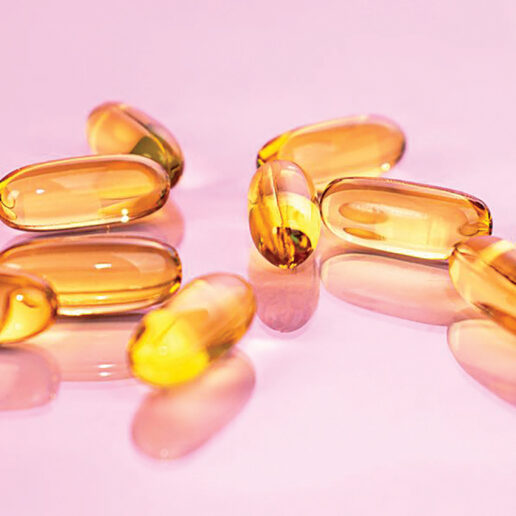 Vitamin D: Low levels of “the Sunshine Vitamin” are linked to depressed moods and anxiety – getting more vitamin D by any means is helpful for addressing depressive symptoms. A drop in serotonin (a neurotransmitter) is also linked with low vitamin D. The light-induced effects of serotonin are generated by sunlight that you take in through your eyes, as it cues the retina to trigger the release of serotonin. This is the reason why you’re more likely to experience depression in the winter time, when the days are shorter.
Vitamin D: Low levels of “the Sunshine Vitamin” are linked to depressed moods and anxiety – getting more vitamin D by any means is helpful for addressing depressive symptoms. A drop in serotonin (a neurotransmitter) is also linked with low vitamin D. The light-induced effects of serotonin are generated by sunlight that you take in through your eyes, as it cues the retina to trigger the release of serotonin. This is the reason why you’re more likely to experience depression in the winter time, when the days are shorter.
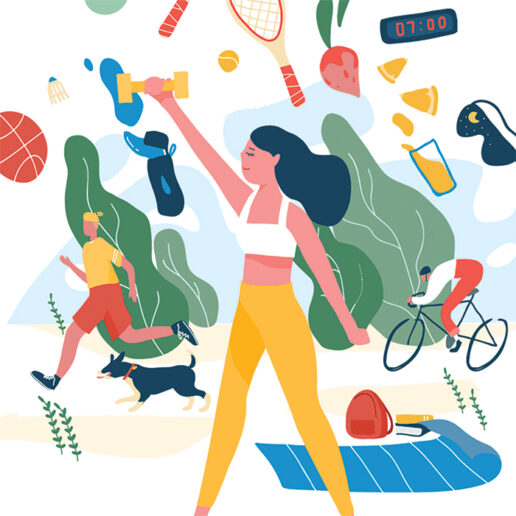 Lifestyle Changes: Try to live a simple life. Get light exercise or walk daily and limit your time online – interact with those around you. If possible, take a monthly trip to the countryside with loved ones and make sure you have abandoned mobile phones and social media during that time. Avoid alcohol and intense music; give priority to getting quality sleep instead of partying.
Lifestyle Changes: Try to live a simple life. Get light exercise or walk daily and limit your time online – interact with those around you. If possible, take a monthly trip to the countryside with loved ones and make sure you have abandoned mobile phones and social media during that time. Avoid alcohol and intense music; give priority to getting quality sleep instead of partying.
Conclusion
In today’s technological world, depression has taken over as one of the major diseases affecting millions of people. Those suffering from seasonal depression need to regularly focus – for an hour, or so – on minimizing all the factors that, by any means, keep you feeling sad or gloomy. A mix of beneficial foods synergized by regular exercise and mindful calmness will eliminate your proneness to developing symptoms of SAD, including anxiety, stress and feeling overburdened.














